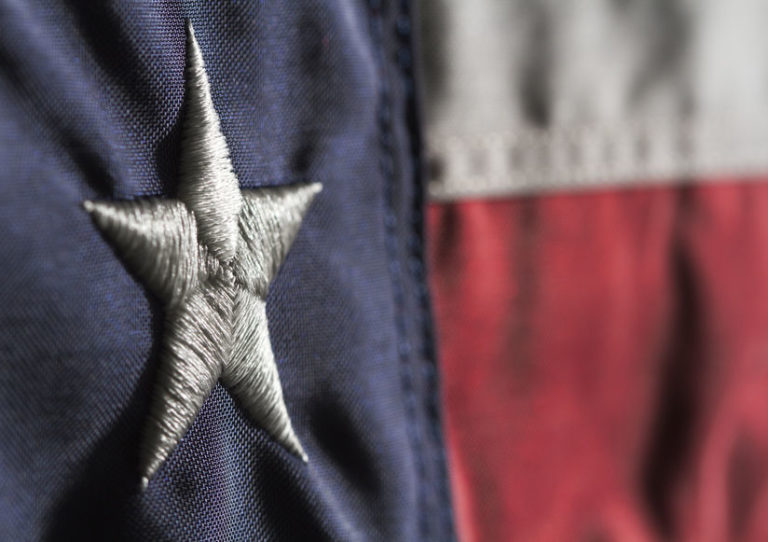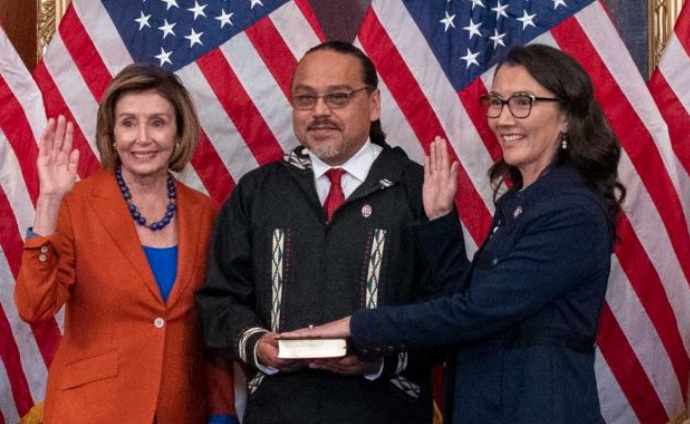By BETHANY BLANKLEY | THE CENTER SQUARE
The Texas Senate acquitted Attorney General Ken Paxton Saturday of all charges levied against him by the House in an impeachment trial that lasted 10 days.
A conviction on any article would have resulted in Paxton being removed from office and being barred from serving in any public office in Texas again.
The senators voted on 16 out of 20 article filed; four were held in abeyance. A vote of 21 was needed to sustain each article of impeachment and convict Paxton of the charge. No article received more than 14 votes to convict. Senators also voted to dismiss the remaining four articles held in abeyance.
Sixteen Republican senators who voted to acquit Paxton on all articles were Sens. Paul Bettencourt, Brian Birdwell, Donna Campbell, Brandon Creighton, Pete Flores, Joan Huffman, Bryan Hughes, Bob Hall, Phil King, Lois Kolkhorst, Mays Middleton, Tan Parker, Charles Perry, Charles Schwertner, Kevin Sparks and Drew Springer.
Two Republicans who consistently voted with Democrats to convict Paxton were Sens. Kelly Hancock of Richland Hills and Robert Nichols of Jacksonville.
Paxton was not in attendance.
Article 1 failed by a vote of 16-14, resulting in an acquittal. Hancock and Nichols voted with all Democrats to convict.
Article 2 failed by a vote of 16-14, resulting in acquittal. Hancock and Nichols voted with all Democrats to convict.
Article 3 failed by a vote of 16-14, resulting in acquittal. Hancock and Nichols voted with all Democrats to convict.
Article 4 failed by a vote of 28-2, with all Republicans and 11 Democrats voting to acquit.
Article 5 failed by a vote of 17-13, resulting in acquittal, with Hancock voting with Democrats.
Article 6 failed by a vote of 16-14, resulting in acquittal, with Hancock and Nichols voting with Democrats.
Article 7 failed by a vote of 16-14, resulting in acquittal, with Hancock and Nichols voting with Democrats to convict.
Article 8 failed by a vote of 22-8, resulting in acquittal, with Nichols joining Democrats to convict. Seven Democrats joined nearly all Republicans to acquit.
Article 9 failed by a vote of 18-12, with all Republicans voting to acquit.
Article 10 – a key charge that Paxton committed bribery, failed by a vote of 16-14. Republican Sens. Hancock and Nichols voting with Democrats to convict.
Article 15 failed by a vote of 16-14, resulting in acquittal, with Hancock and Nichols voting with Democrats to convict.
Article 16 failed, by a vote of 16-14, resulting in acquittal, with Hancock and Nichols voting with Democrats to convict.
Article 17 failed by a vote of 16-14, resulting in acquittal, with Hancock and Nichols voting with Democrats to convict.
Article 18 failed by a vote of 16-14, resulting in acquittal, with Hancock and Nichols voting with Democrats to convict.
Article 19 failed by a vote of 16-14, resulting in acquittal, with Hancock and Nichols voting with Democrats to convict.
Article 20 failed by a vote of 16-14, resulting in acquittal, with Hancock and Nichols voting with Democrats to convict.








